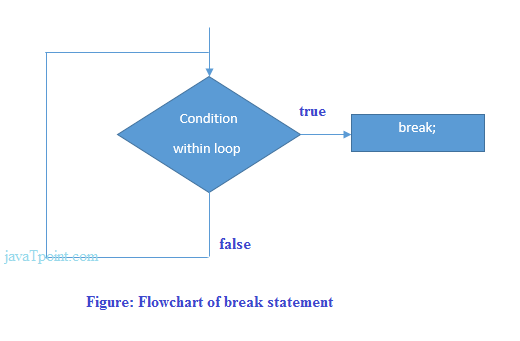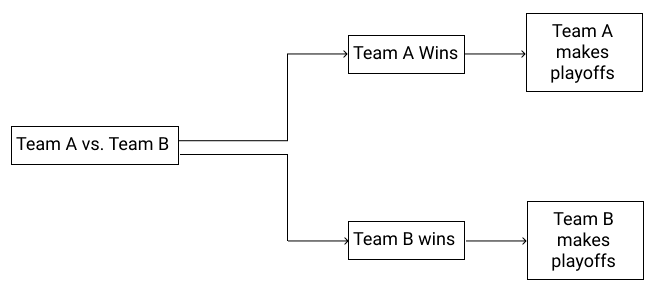
The One True Brace (OTB) style may optionally be used with normal loops (but not specialized loops such as file-pattern and parsing). Is there a way of breaking the code/for loop, but keep whatever data has been produced up to now.
If code to stop loop in r code#
The code takes a while to run, and there a couple of days left, but I urgently need whatever results there are. A_Index works inside all types of loops, including file-loops and registry-loops but A_Index contains 0 outside of a loop. I have my code running in a for loop over dates. If an inner loop is enclosed by an outer loop, the inner loop takes precedence. Here, we are using magicresultasdataframe() in order to get the stored values. Once you call magicfor(), as you just run for() as usual, the result will be stored in memory automatically. On the preceding pages we have tried to introduce the basics of the R language - but have managed to avoid anything you might need to actually write your own program: things like if statements, loops, and writing functions. magicfor() takes a function name, and then reconstructs for() to remember values passed to the specified function in for loops. You probably wont need this information for your assignments. For the second time, it contains 2 and so on. An introduction to programming in R using the Fibonacci numbers as an example. It contains 1 the first time the loop's body is executed. The built-in variable A_Index contains the number of the current loop iteration. One can also create a "While" or "Do.While/Until" loop by making the first or last statement of the loop's body an IF statement that conditionally issues the break command, but the use of While or Loop.Until is usually preferred. The use of break and continue inside a loop are encouraged as alternatives to goto, since they generally make a script more understandable and maintainable. However, a loop with only a single statement does not require a block (an "if" and its "else" count as a single statement for this purpose).Ī common use of this command is an infinite loop that uses the break command somewhere in the loop's body to determine when to stop the loop. The loop command is usually followed by a block, which is a collection of statements that form the body of the loop. In such cases, the expression is evaluated only once, right before the loop begins. However, as with all non-expression parameters, an expression can be forcibly used by preceding it with a % and a space. Note: The codes of the previous examples can also be applied to other types of loops (e.g.


If Count is a variable reference such as %ItemCount%, the loop is skipped entirely whenever the variable is blank or contains a number less than 1.ĭue to the need to support file-pattern loops, Count cannot be an expression. Figure 3 shows the output after inserting the next function into our for-loop. If omitted, the Loop continues indefinitely until a break or return is encountered. How many times (iterations) to perform the loop.
If code to stop loop in r series#
Performs a series of commands repeatedly: either the specified number of times or until break is encountered. Lets begin by creating that initial dataframe.Loop - Syntax & Usage | AutoHotkey Loop (normal) I am going to show you the various approaches using an example logic that involves a for-loop and a condition checking statement (if-else) to create a column that gets appended to a sufficiently large data frame (df). This posts shows a number of approaches including simple tweaks to logic design, parallel processing and Rcpp, increasing the speed by orders of several magnitudes, so you can comfortably process data as large as 100 Million rows and more. There are a number of ways you can make your logics run fast, but you will be really surprised how fast you can actually go. The for-loop in R, can be very slow in its raw un-optimised form, especially when dealing with larger data sets.


 0 kommentar(er)
0 kommentar(er)
